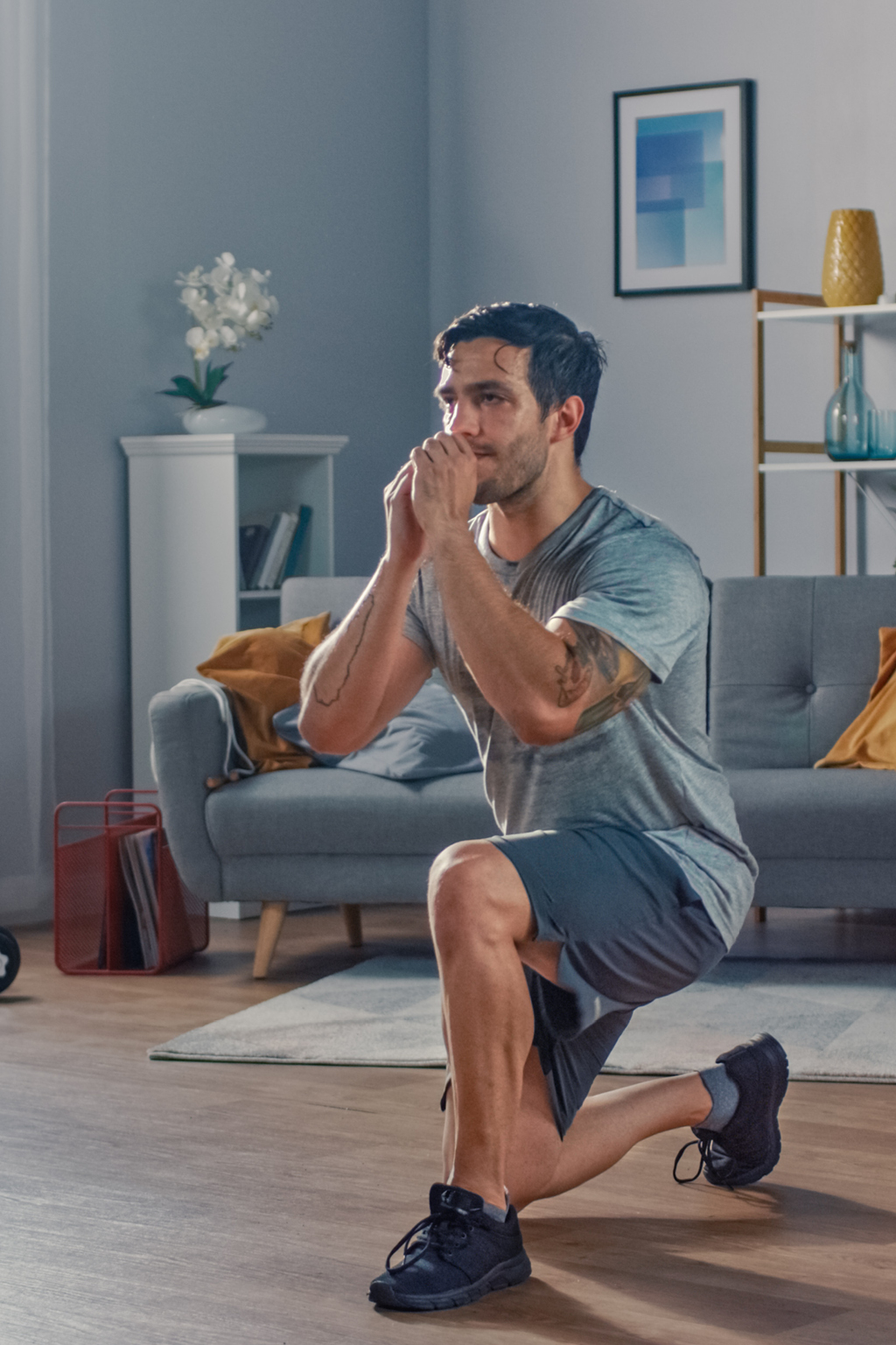All the Right Moves
Take a moment to think about the many ways your body supports you throughout the day. For example, your legs allow you to sit down and stand up. Your arms help you reach for things up high and on the ground. And your core and back allow you to lean from side to side and hold you upright while you sit.
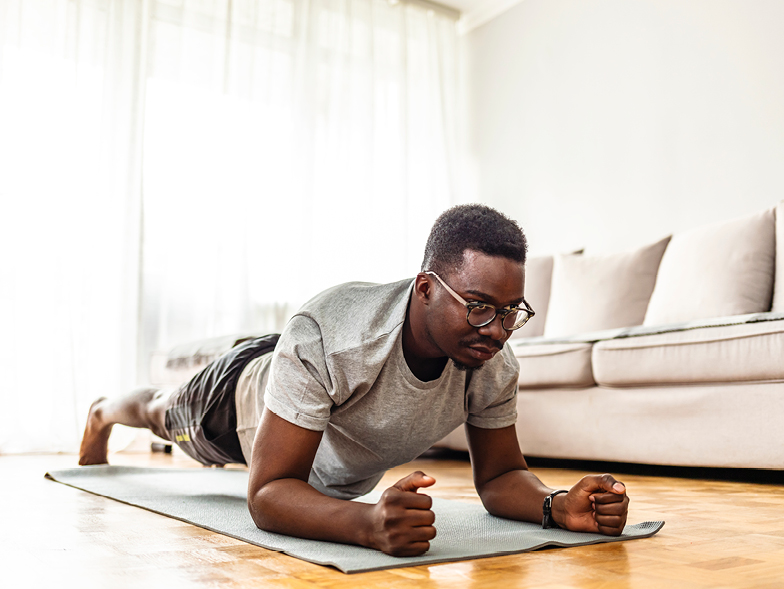
Your body is an essential tool for performing everyday tasks, but many people don’t give their body the respect and care it deserves. One of the best ways you can honor your body is by practicing functional strength training.
If your mind immediately cuts to a gym full of intimidating, muscular weightlifters, not to worry. Virtually anyone can master the basics of functional strength training; in fact, weights don’t even have to be a part of the practice. The goal of functional strength training is simply to prepare you for the bodily movements you’ll experience in everyday life.
The Basics and the Benefits
The American Council on Exercise describes functional strength training as “exercising several muscles and joints together rather than working a particular muscle or group of muscles independently, resulting in an individual being able to perform daily activities with greater ease.” This means that, for it to be effective, functional strength training must help you build on four things: coordination, muscle contractions, speed of movement, and range of motion. Improving in all these areas will make a positive impact on your day-to-day mobility.
This type of training emphasizes safety, and it can be beneficial for people who are new to exercise as well as those with more experience. A distance runner, for example, might experience pain in her calves and ankles from the force of her feet meeting the ground. Practicing functional-strength movements that focus on these areas, such as calf raises and quick jumps, can help her build strength and prevent muscle damage. Likewise, a seventy-five-year-old man who wants to tend to his garden without hurting his back and knees may want to build strength in his midsection and legs by practicing gentle squats and forward bends.
There are many benefits of performing these types of strength-training exercises. You can focus on movements that will help you with tasks you frequently do and those that can help prepare you for the unexpected. For instance, functional strength training of your core can be extremely beneficial for your balance, which can help prevent accidental falls and improve your posture.
Just like any other type of exercise, functional strength training can be great for your mental health too. Although it tends to be less aerobic than cardio exercises like running and biking, functional strength training requires you to move your body for an extended period. You should feel challenged in these movements because the goal is to make them easier for you over time, so you are likely to work up a sweat. In turn, you’ll receive the same endorphin rush you would get from performing any other form of exercise.
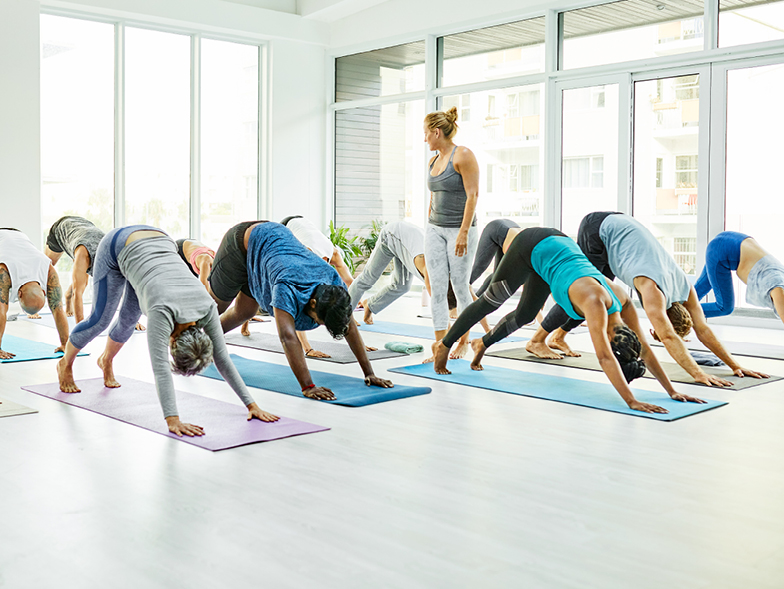
Do What Moves You
Now that you know the basics, you can consider which types of functional strength-training exercises you’d benefit from. When starting out, it’s best to exercise with a buddy or consult the expertise of a certified personal trainer. To get the maximum benefits from this practice, you’ll want to make sure you are performing all the moves properly and safely.
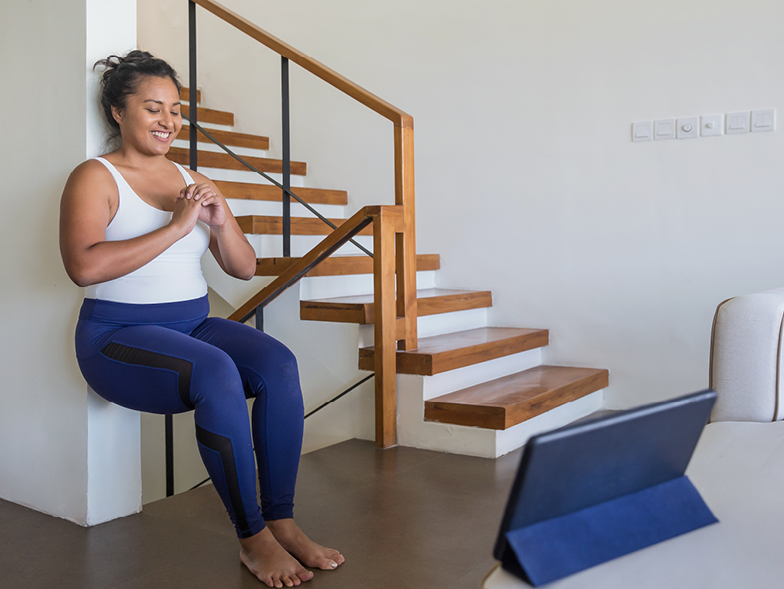
Arms and back
Building your upper-body strength can help you with a variety of everyday tasks, such as carrying groceries, reaching for items above your head, and even getting out of bed in the morning. Here are a few movements you can practice to improve your arm and back strength.
- High-plank shoulder tap: Get into a high-plank position with your wrists and shoulders in a straight line. Try to keep your core tight and controlled while you lift one arm and bring it up and over to tap your opposite shoulder. Repeat the movement on the other side.
- Forearm plank: Hold a plank position with your forearms flush against the ground. Try to keep your back as level as possible.
- Downward dog: This movement is used frequently in yoga practice. Start in a high-plank position with your wrists and shoulders in a straight line and fingers spread wide. Drive your hips upward so your body forms a triangle.
Legs and glutes
Your legs and glutes are at the center of many daily movements, from walking up and down stairs to getting in and out of your car. The following exercises can help you keep them strong to support you throughout your life.
- Lunge trio: Start in a standing position with your legs hip-width apart. Lift one leg into a forward-lunge position, followed by a reverse lunge, and then a side lunge. Try to keep your core tight during each movement, and repeat with the other leg.
- Cossack squat: Stand with your legs spread apart at a comfortable width and your feet facing outward. Gently lunge to one side until you are in a deep squat on one side and your opposite leg is extended. Repeat on the other side.
- Traditional squat: Nothing beats a traditional squat for building leg and glute strength. Stand with your feet slightly wider than hip-width apart. Squat down slowly, keeping most of your weight in your heels, until your thighs are parallel with the floor. As you stand up, squeeze your glutes together.
Abdominals
A strong core is key for moving more easily, feeling balanced, and keeping your entire body healthy. Do these workouts to improve your abdominal strength.
- Side plank: Lie on the ground, and turn onto your side with your wrist and shoulder aligned and your feet stacked on top of each other. Lift your hips upward, and keep your core tight while you hold this position. Repeat on the opposite side.
- Leg raise: Lie on your back with your legs stretched above you. Keep your lower back flush to the ground while you slowly lower your legs without allowing them to touch the ground. Hold your core tight while you slowly raise your legs back up.
- Wall sit: Lean against a sturdy wall with your shoulders and back flush against it. Slowly bend your knees until they reach a 90-degree angle, and hold this position.
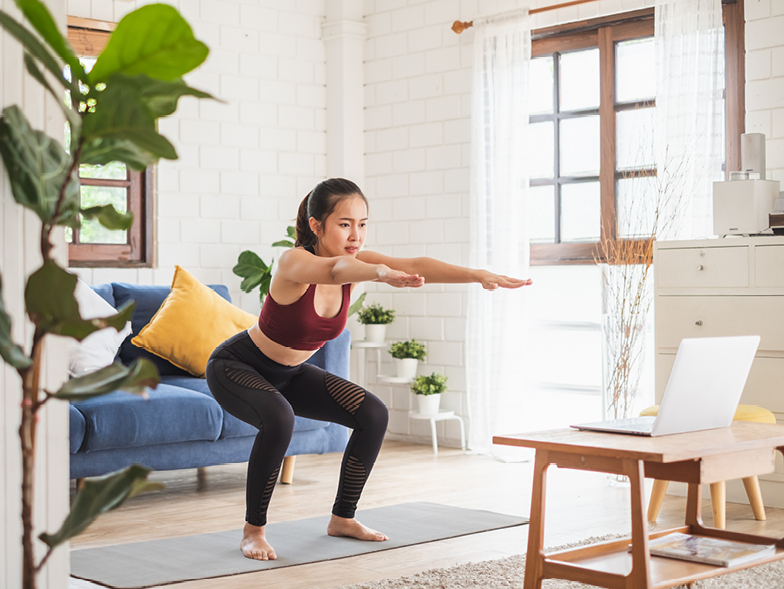
Whether it’s for performing difficult exercises or completing everyday tasks, if you’re trying to improve your overall mobility, functional strength training might be the solution you’ve been looking for. Give this practice a try, and see how much it can do for your quality of life.











